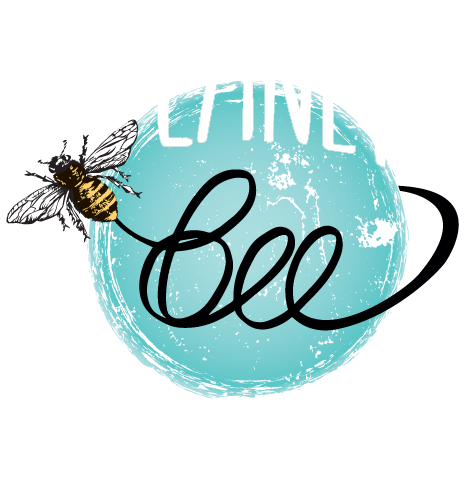Honey bees are remarkable creatures, and their complex social structure is one of the most fascinating aspects of their existence. Within a honey bee colony, there are three distinct castes, each with its own unique responsibilities that contribute to the survival and prosperity of the hive: the queen, the workers, and the drones. Understanding the roles of these three castes offers insight into the intricate and cooperative nature of honey bee society.
Watch Honey Bee Life Cycle: Starting with the Larva
Let's start by exploring their life cycle, beginning with the larval stage. After an egg hatches, a tiny, white larva emerges, resembling a small grub. This larva is entirely dependent on the care of nurse bees, which feed it a diet of rich, nutritious royal jelly or honey and pollen. As it grows, the larva molts several times, shedding its exoskeleton to accommodate its increasing size. This period of rapid development is crucial, as the larva transforms within its wax cell, eventually spinning a cocoon around itself in preparation for metamorphosis. Witnessing this stage offers a glimpse into the intricate processes that will soon reveal a fully developed bee, ready to embark on its role within the hive.
The Workers: The Backbone of the Colony
Worker bees are the most numerous members of the hive, and as their name suggests, they are responsible for the vast majority of tasks that keep the colony running smoothly. These female bees are not capable of reproduction, but their contributions are invaluable. From the moment they emerge from their cells, worker bees take on a variety of roles throughout their short lives, each role vital to the hive's functioning.
In their early days, worker bees serve as nurse bees, tending to the queen and feeding the developing larvae with royal jelly, honey, and pollen. As they age, they transition to other duties, such as cleaning the hive, producing wax to build comb, and storing food. In the final stage of their lives, worker bees become foragers, venturing out of the hive to collect nectar, pollen, and water—resources essential for the colony's sustenance.
Worker bees also play a crucial role in defending the hive from threats. Although they are equipped with a stinger, which they will use to protect their home, this act is a sacrifice, as a worker bee will die after stinging. Their selfless dedication to the hive is a testament to the complex social structure that honey bees have evolved over millions of years.

Queen: The Heart of the Hive
At the center of the hive is the queen bee, the only reproductive female in the colony. The queen's primary role is to lay eggs, which she does with incredible efficiency—up to 2,000 eggs per day during peak season. Her ability to produce such a large number of offspring ensures the continuity and growth of the colony. In addition to her reproductive duties, the queen also emits pheromones that regulate the behavior and social order of the hive, maintaining harmony and cohesion among its members.

The queen’s lifespan is significantly longer than that of the other bees, living for several years compared to the few weeks or months of a worker bee. Her health and productivity are crucial to the colony's survival, and the worker bees are highly attentive to her needs, feeding her a special diet of royal jelly and protecting her from harm.
The Drones: The Males of the Hive
Drones are the male bees of the hive, and their sole purpose is to mate with a virgin queen from another colony. Unlike the queen and workers, drones do not have stingers, nor do they participate in the daily tasks of the hive. Instead, they spend their time eating and waiting for the opportunity to fulfill their reproductive role.
Mating occurs during a "nuptial flight," where drones gather in large congregations in the sky, waiting for a queen to fly by. Once mating is successful, the drone will die, having fulfilled his purpose. Only a small number of drones get the chance to mate, and those that do not are eventually expelled from the hive as the colony prepares for winter, a process known as "drone eviction." This is a necessary measure to conserve resources, as drones do not contribute to the hive's winter survival.
A Symphony of Cooperation
The roles of the queen, workers, and drones are interdependent, each caste contributing to the overall health and success of the colony. The queen's egg-laying ensures the colony's future, the workers' tireless efforts sustain the hive, and the drones' genetic contribution ensures diversity in the bee population. Together, they form a highly efficient and resilient society, one that has captivated human interest for centuries.
As we continue to study and protect honey bees, it is essential to appreciate the delicate balance within the hive and the unique roles each caste plays. By understanding and supporting these incredible pollinators, we can help ensure their survival and the continued prosperity of our natural ecosystems.
Curious About Honey Bees? Elevate Your Team Experience with
Our Corporate Honey Tasting Workshop!



Comments